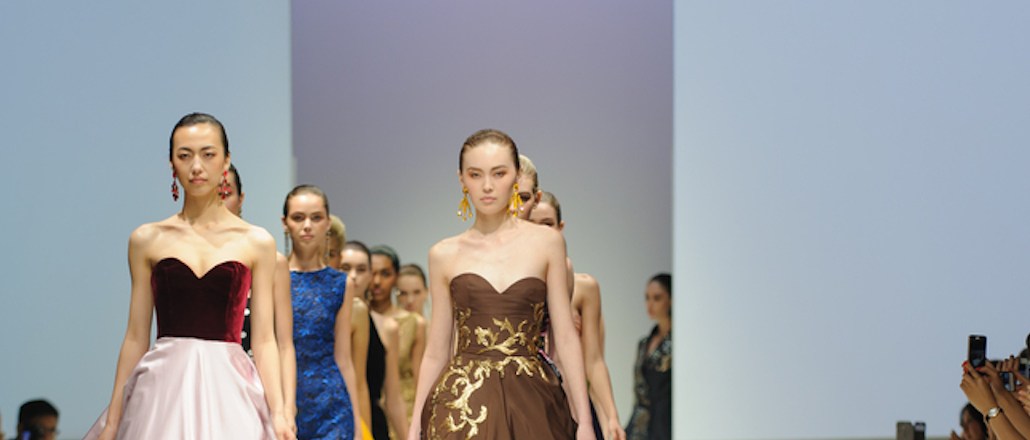
Although many brands have an overarching urge to bend over backwards for the millennial consumer, Oscar de la Renta has different priorities.
“We are your grandmother’s fashion brand,” said CEO Alex Bolen during the FACC Luxury Symposium panel Strong Heritage Brands. “We are very happy to have your grandmothers as our customers. They have a lot of money, so our mission is to keep them happy.”
But while keeping that older customer happy, Oscar de la Renta has still secured a position as a digitally savvy heritage luxury brand. “It’s equally important to engage mothers and granddaughters,” Bolen added. “We’re figuring out the balance of all the ways that our customer wants to shop.”
For the company, that means operating a full e-commerce store that ships to hundreds of countries to reach customers who cannot visits its nine retail stores. First launched in 2006, OscardelaRenta.com has gone through several site overhauls to update the online customer experience, including broadening shipping and integrating a live chat with a stylist, and incorporating its social media feeds. In 2015, the brand did about $5.5 million in revenue through its website, an almost 100 percent year-over-year growth.
As such, Oscar de la Renta is the exception to the rule when it comes to luxury and digital. According to Luca Solca, managing director of global luxury goods at Exane BNP Paribas, digital is the biggest growth opportunity for luxury brands, as it right now only accounts for 13 percent of luxury purchases.
Ad position: web_incontent_pos1
“The existing luxury formula isn’t working anymore and needs to be addressed,” said Solca. “The biggest value is connecting the physical and the digital — digital should serve as a traffic feed into stores, and increase conversions in store. This creates an entirely new challenge for brands that have excelled only in making the physical store impeccable.”
Solca added that the cross-channel consumer is 60 percent more valuable than the in-store only consumer.
Bolen believes that Oscar de la Renta’s e-commerce store will eventually become the brand’s biggest store in terms of sales. He said that the company will never have a physical store in every major shopping market. According to Exane BNP Paribas data, physical retail growth has dried up for luxury brands. Prada and Swatch, the two brands that expanded the most in 2015, saw the biggest drop in profit.
Ad position: web_incontent_pos2
As the luxury customer evolves, Bolen identified the fashion house’s challenge as balancing a changing environment with an existing set of luxury standards. In order to bring in new customers and keep existing ones happy, Oscar de la Renta brand’s principles should remain unchanged, but how they’re expressed should. Bolen pointed to the brand’s early jump on live streaming fashion shows in 2010, and to @OscarPRGirl, its former longtime Twitter persona (its operator, Erika Bearman, left the company in August, changing the handle to @OscardelaRenta) as examples of this balance.
“People think of innovation and heritage as opposed ideas but I disagree,” he said. “If we are heritage brands, we stood the test of time because we have to tradition of successfully innovating. Innovative companies should aspire to become heritage brands.”
More in Marketing

In the marketing world, anime is following in the footsteps of gaming
As marketers look to take advantage of anime’s entry into the zeitgeist, they might be wise to observe the parallels between the evolution of anime as a marketing channel and the ways brands have learned to better leverage gaming in recent years.

With the introduction of video ads and e-commerce, Roblox looks to attain platform status
Roblox is expanding into more areas than just ads in 2024. Much like platforms such as Amazon and Facebook have transcended their origins to evolve from their origins as online marketplaces and social media channels, Roblox is in the midst of a transformation into a platform for all elements of users’ virtual lives.

PepsiCo wants to remain a ‘driver of culture’ as it turns to influencers and activations amid rebrand
The soda-maker says it can translate cultural relevance into sales volume.
Ad position: web_bfu



